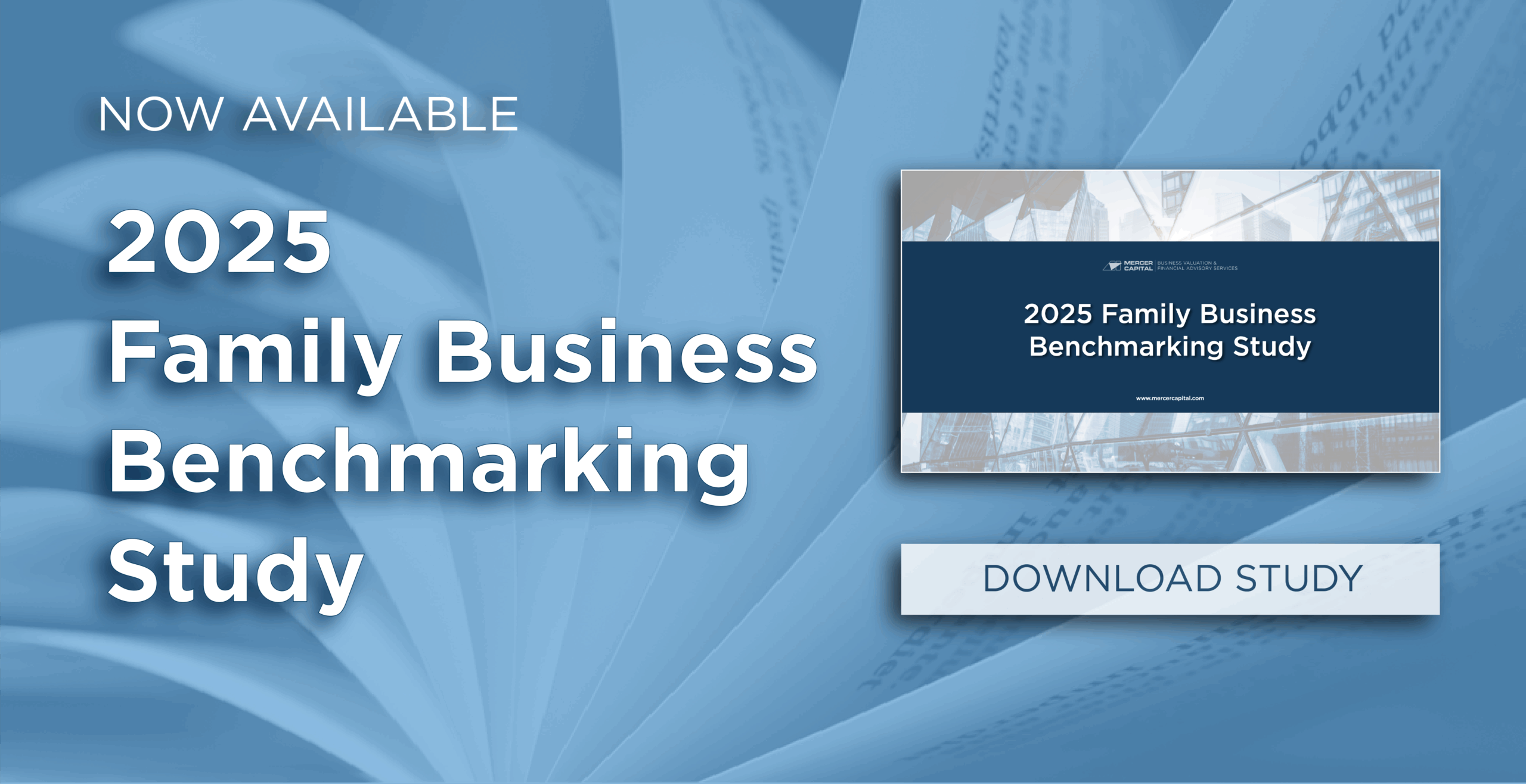Real Estate and the Family Business
As the pandemic recedes further into the rearview mirror (4+ years!), long-term business consequences continue to reverberate through the economy. In addition to recalibrating expectations among domestic manufacturers, foreclosures on distressed commercial real estate are accelerating. Since enterprising families often accumulate significant real estate holdings, the lingering pandemic-induced weakness in real estate values may encourage families to evaluate their real estate strategies.
There are three broad strategies for families owning and operating businesses.
Real estate strategy #1 – Operating business owns real estate needed for operations
This strategy is often the default strategy for enterprising families.
- This approach has the virtue of simplicity. When additional productive assets are needed to take advantage of growth opportunities, the company acquires them, whether those assets consist of machinery & equipment or real estate.
- Owned real estate provides the operating business with leverage capacity. Lenders take comfort in real estate as collateral, so businesses that accumulate operating real estate on their balance sheets will likely have greater borrowing capacity when attractive investment opportunities arise.
- All else equal, an operating business that owns real estate is probably less risky than one that does not. Real estate holdings are likely to have alternative future uses outside the business and carry less risk than intangible assets, goodwill, and other assets that are specific to an operating business.
- Real estate offers the prospect of capital appreciation. Rolling stock, production equipment, and other operating assets wear out and lose value over the long term. In contrast, investments in operating real estate can provide opportunities for capital appreciation in addition to the value created through operating the business.
Real estate strategy #2 – Lease real estate needed for operations from a third party
Instead of purchasing real estate for operations, other family businesses elect to lease needed facilities from unrelated third parties.
- This strategy preserves the greatest flexibility for the operating business. Beyond the remaining term of the lease agreement, the operating business is not committed to the real estate from which it operates. As strategies and market opportunities evolve, the operating business’s real estate needs are likely to evolve as well.
- Leasing real estate from a third party allows management of the operating business to focus on running the business. Call it “core competency” or what have you: developing & managing real estate well requires a different skill set than running an operating business. The leasing strategy allows management teams to focus on what they do best.
- Leasing can boost return on invested capital and shareholder returns. By reducing the amount of capital committed to the business, lessees can realize higher returns on invested capital and shareholder returns. Of course, return follows risk, so the higher expected returns come from bearing greater risk.
- Avoid the risk of falling property values weighing on business returns. While real estate values do often go up, appreciation is not guaranteed. As noted in the second news article linked in the introduction to this post, commercial real estate values are currently under pressure in many sectors and markets. For lessees, that is someone else’s problem.
Real estate strategy #3 – Lease real estate needed for operations from a related party
This strategy represents a “hybrid” of the other two strategies. Under this approach, the operating real estate is owned by a related family entity and leased to the operating business.
- This approach can add governing complexity to the family system. The real estate entity will need its own governance mechanism. Depending on the family, the need for additional governance can be either a feature or a bug. For some, the additional governance may be a distraction and/or extra burden on existing family leaders, while for others, additional and different seats at the family governance table can create development opportunities for a broader set of family members.
- Separating ownership of operating real estate from the family business can allow families to offer a more tailored risk and return profile to family members. Not all family members have identical return objectives and risk tolerances, and housing operating real estate in a separate entity can help families accommodate a wider range of shareholder preferences.
Just like every family has a dividend policy, whether they know what it is or not, all families have a real estate strategy, even if it has not been developed intentionally. Whether your family’s real estate strategy is due for a simple refresh or a wholesale reconsideration, an outside perspective can be helpful. Give one of our family business professionals a call today to discuss your situation in confidence.
 Family Business Director
Family Business Director 











